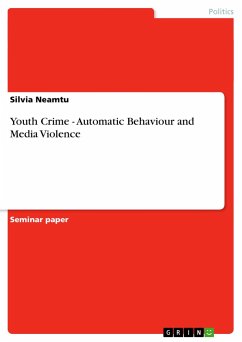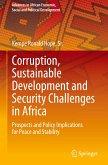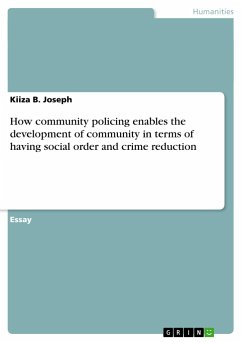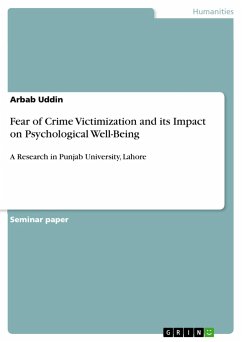Seminar paper from the year 2010 in the subject Politics - Miscellaneous, grade: A, Central European University Budapest (Department of Political Science), language: English, abstract: Lately, there is a growing conception that violence in the media determines aggressive behaviour, mainly in children and young adults, due to automatic behaviour. In this paper, I will argue that media violence is not the main predictor of aggressive behaviour. On the contrary, this type of behaviour manifests itself scarcely in relation to media violence and consequent violent behaviour, while other factors are more accountable for young people behaving aggressively. The question that I will try to answer in this paper is: In relation to what can automatic behaviour be perceived as a strong theory? The first part explains what automatic behaviour is, and presents the arguments found in the literature for supporting a theory of enhanced aggressiveness and exposure to violent media. The second part exposes the limitations in media violence literature, and presents arguments for why these studies are not reliable. The third part presents other sociological arguments, in order to create a thorough picture of the most likely predictors of aggressive behaviour, that should be taken into account when matters of causality are discussed. The fourth part proposes an alternative approach to the problem, focusing on research findings, and network theory. The conclusions refer to ideas for further research.
Hinweis: Dieser Artikel kann nur an eine deutsche Lieferadresse ausgeliefert werden.
Hinweis: Dieser Artikel kann nur an eine deutsche Lieferadresse ausgeliefert werden.








